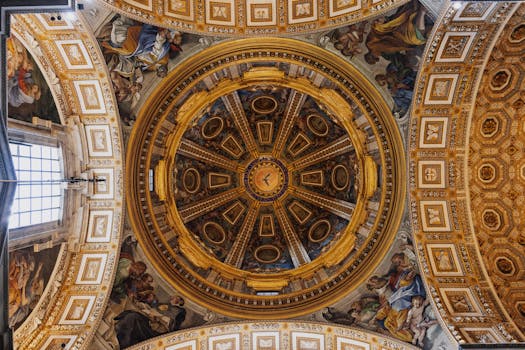
Traveling Through Time: How Europe’s Historical Heritage Shapes Modern Lifestyles in 2025 – WordPress
Traveling Through Time: How Europe’s Historical Heritage Shapes Modern Lifestyles in 2025. Europe, a continent steeped in history and culture, has a profound impact on modern lifestyles. From the architectural marvels of ancient civilizations to the artistic movements of the Renaissance, Europe’s historical heritage continues to shape the way we live, work, and interact with one another in 2025.
Introduction to Europe’s Historical Heritage
Europe’s historical heritage is a rich tapestry of cultures, empires, and movements that have left an indelible mark on the continent. From the ancient Greeks and Romans to the medieval kingdoms and modern nation-states, Europe’s history is a complex and fascinating narrative that continues to influence modern lifestyles. The Focus Keyword, Traveling Through Time, is essential in understanding how Europe’s historical heritage shapes modern lifestyles in 2025.
Architectural Legacy
One of the most visible manifestations of Europe’s historical heritage is its architectural legacy. The continent is home to some of the world’s most iconic and enduring structures, from the Colosseum in Rome to the Eiffel Tower in Paris. These buildings not only reflect the engineering and artistic prowess of their time but also continue to inspire modern architects and designers. In 2025, many of these historical buildings have been repurposed as museums, galleries, and cultural centers, serving as a bridge between the past and the present.
Artistic and Cultural Movements
Europe’s historical heritage has also had a profound impact on artistic and cultural movements. The Renaissance, which emerged in Italy in the 14th century, saw a resurgence of interest in classical Greek and Roman culture, leading to some of the most iconic works of art in human history. The likes of Leonardo da Vinci, Michelangelo, and Raphael continue to inspire artists, designers, and musicians in 2025. Similarly, the modern art movements of the 20th century, such as Cubism and Surrealism, have their roots in European culture and continue to influence contemporary art and design.
Modern Lifestyles in 2025
So, how does Europe’s historical heritage shape modern lifestyles in 2025? In many ways, the continent’s rich cultural and artistic legacy continues to influence the way we live, work, and interact with one another. For example, the concept of the flâneur, which emerged in 19th-century Paris, refers to the act of strolling through the city, observing and engaging with the urban environment. This concept has been revived in 2025, with many cities incorporating pedestrian-friendly zones and public spaces that encourage social interaction and community engagement.
Conclusion
In conclusion, Europe’s historical heritage continues to shape modern lifestyles in 2025. From architecture to art and culture, the continent’s rich legacy has left an indelible mark on the way we live, work, and interact with one another. As we look to the future, it is essential that we continue to appreciate, preserve, and learn from Europe’s historical heritage, using it as a foundation for building a more sustainable, equitable, and culturally rich society.


